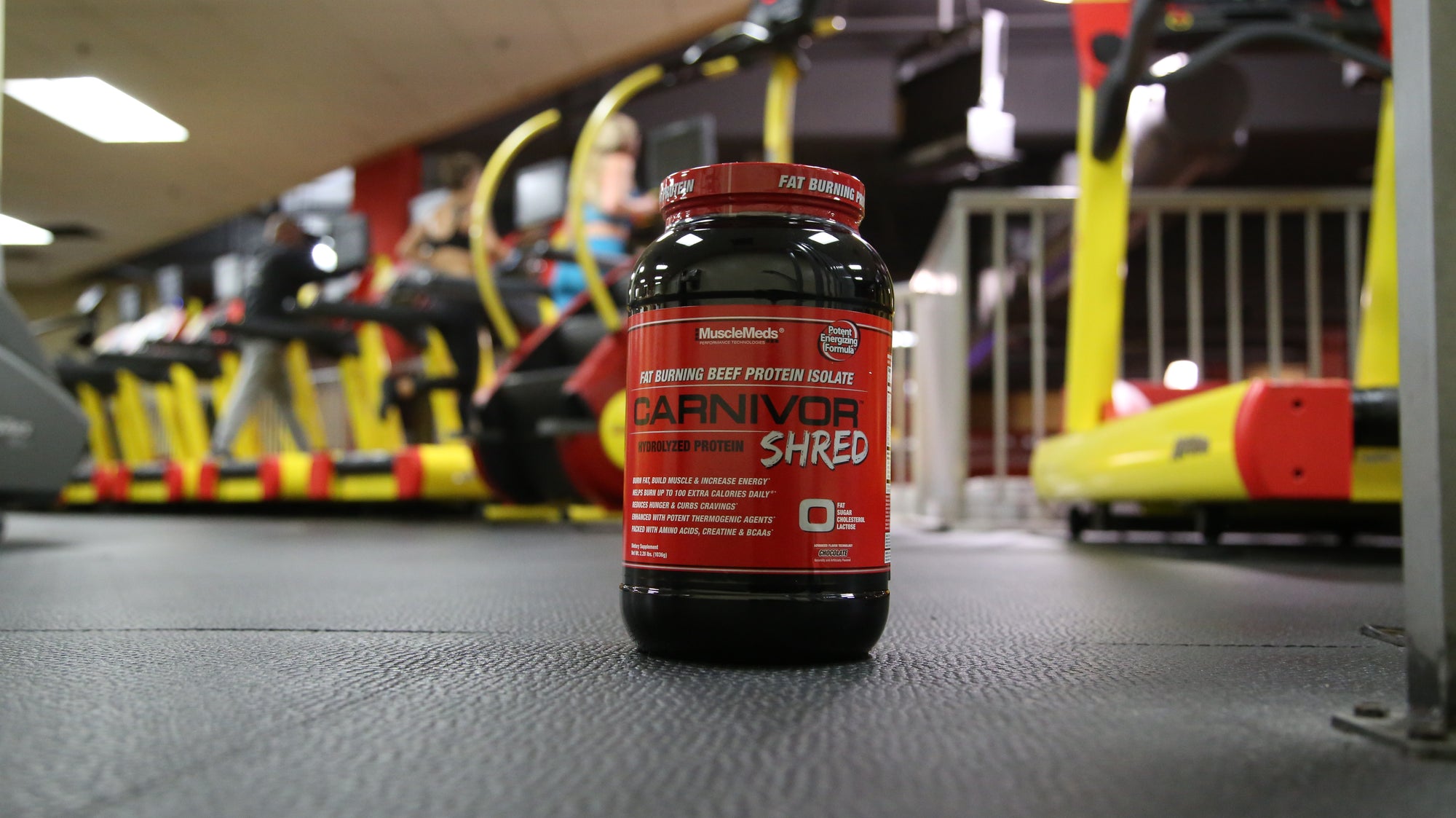You may have heard this term used in your favorite bodybuilding motivation videos or documentaries. You see it used as an adjective in social media posts online. At a quick glance, you get the general idea of what “having a pump” means. Your muscles get a unique sort of fullness to them that can’t be done through any other method other than resistance training. Typically, it’s when you look your best. In this article we want to start from scratch and explain this term in its entirety so you can understand the science behind it, how to capitalize on it, and grow.
The first step to understanding the pump is the science behind it. Our driving force and precursor inside the body is nitric oxide. This compound is found inside every blood vessel in the human body. It plays a key role in regulating blood pressure, maintaining a healthy immune system, and preventing a number of diseases. It’s primary function for our topic in this article is its ability to transport blood more efficiently. Nitric oxide is released from the inner layer of blood cells. When released, it gives the blood vessels the ability to become flexible. The purpose of this being to allow them to dilate and increase blood flow. This immediately comes into play when resistance training due to the blood rush to working muscle groups when training. As muscles are working, the body sends blood to the muscles being contracted to engorge them with nutrients.
So how does one achieve this pump? The first and most important method is training. The body does not respond in the same way to every training style out there. It’s important to keep in mind that every individuals body is unique and may respond to stimuli in a different way. Typically, higher volume workouts lead to achieving a strong pump. This means higher reps, and shorter rest periods. A typical rep range to aim for would be 12-20 total repetitions for each exercise of every set. Your rest time should not exceed longer than 60 - 90 seconds max between sets. This style of training is geared purely towards hypertrophy. It’s not to say if you dip below 12 reps you will not induce a pump, these are simply optimal rep counts and rest times to maximize blood flow.
Certain kinds of foods contain the amino acids we desire to achieve this peak blood flow, but the majority of them are found in low doses. These amounts would require a tremendous amount of food in order to hit the desired amounts. The best attack on the pump is supplementation. Nitric oxide boosters have been accepted as a staple supplement for resistance training for nearly over a decade. NITROTEST is a prime example of how to utilize supplements to your advantage to achieve maximum nutrient delivery to working muscle groups during your training. NITROTEST packs in a heavy hitting 6g blend of 1:1 ratio L-citrulline and L-arginine. These two amino acids are both utilized to boost nitric oxide levels inside the body. Through a chemical process, L-citrulline actually converts into L-arginine, and L-arginine into nitric oxide. You may wonder why we don’t supplement with strictly L-arginine in order to skip a step, and the answer lies in it’s absorbability. L-arginine goes through an extended process in order to be digested, while L-citrulline skips over this process and is absorbed directly into the bloodstream. Studies have shown a combination of the two amino acids is the best method to achieve peak nitric oxide levels. At a combined 6g between the two amino acids, NITROTEST reigns as the supreme pre workout when it comes to maximizing the pump.



